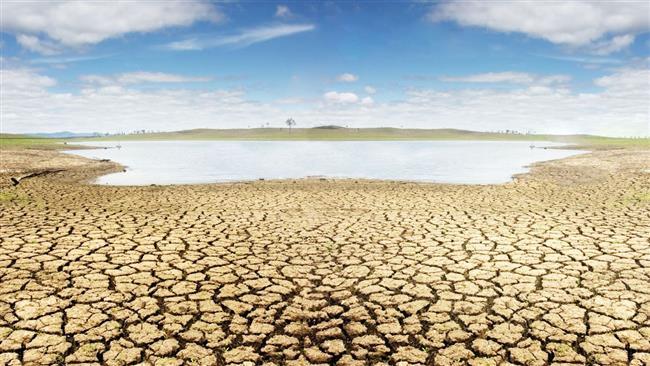The first stage of a major desalination and water transfer project was inaugurated in Iran this month, in the hopes of lessening drought in central parts of the country. The project, which cost 163 trillion rials ($5.33 billion), aims to desalinate and transfer 200,000 cubic metres of water from the Persian Gulf to Iran’s central plateau each day. The project will eventually be able to transfer 600,000 m³ of water, and the Iranian Government hopes that the project will provide a sustainable source of water to central and south-eastern provinces.
Comment
Iran faces one of the worst water resources situations of any industrialised country. By 2030, it is expected that surface water runoff will have declined by 25 per cent, while groundwater levels have fallen sharply over the last several decades. By 2017, more than 500 Iranian cities were close to water stress (in which demand for water exceeds the amount that is actually available) and precipitation levels have fallen across much of the country. Average precipitation is one-third of the global average and around one-quarter of the country is desert.
While changing climate conditions have put stress on water systems in the Islamic Republic, mismanagement has been key in driving water insecurity. Rapid population growth and urbanisation have put huge stress on Iranian water supplies and the government encourages population growth to offset future problems associated with an ageing population. Meanwhile, as water becomes scarcer in rural areas, migration to urban areas has become increasingly attractive. There are fears that up to a fifth of people in Sistan and Baluchistan Province have left, or will leave, the region due to severe drought.
Read the article by Phoebe Sleet, Research Analyst, Global Food and Water Crises Programme in Future Directions International.

